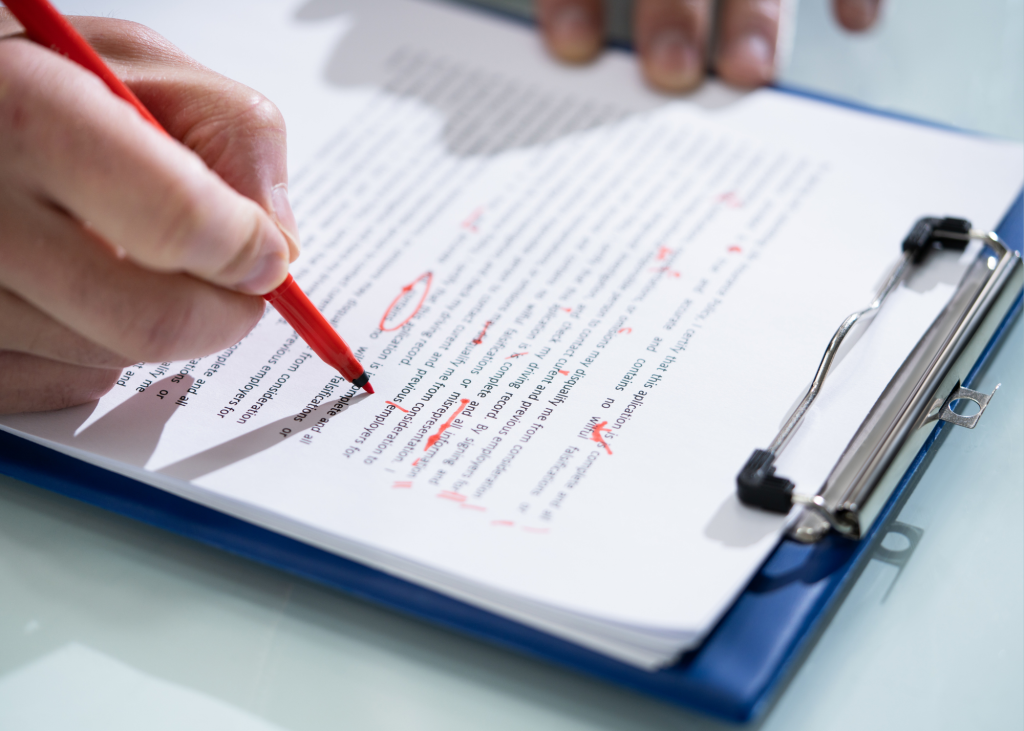
August 14, 2025
How Picture Books Come to Life Through Cutting Words, Reading Aloud, and Trusting Illustrators
In the first two posts of this series, we explored finding story inspiration in real life and surviving the messy first draft process. Today, we're diving into where the real magic happens: revision and collaboration. This is where a 1,200-word rambling story about a goat transforms into a tight, engaging picture book that kids will want to hear again and again.
The 800-Word Challenge: Every Word Must Earn Its Place
Most successful picture books clock in under 800 words, with many being much shorter. When you're used to writing longer pieces, this constraint feels impossible at first. But here's what I discovered: limitations breed creativity.
My Ruthless Revision Questions
During revision, I ask myself these five questions about every single sentence:
The Great Word Purge
Here's a before-and-after example from "Scout's Muddy Day":
First Draft (79 words): The sun peeked over the big red barn on Stephens Farm, spreading a warm, golden glow across the fields.The cool, crisp air danced through the trees, making the orange and yellow leaves flutter and swirl.
The rooster, perched proudly on the old fence post, fluffed his feathers and puffed out his chest. “Cock-a-doodle-doo!” he crowed, shaking the sleepy farm awake. The animals yawned and stretched as the farm began to hum with the sounds of a new day.
Final Version (42 words): The sun peeked over the big red barn on Stephens Farm, spreading a warm, golden glow across the fields.
On an old fence post, the rooster fluffed his feathers and puffed out his chest. “Cock-a-doodle-doo!” he crowed, shaking the sleepy farm awake.
The revision kept the essential emotion while cutting everything the illustration could show.
What Gets Cut vs. What Stays
Usually gets cut:
Usually stays:
Reading Aloud: The Ultimate Picture Book Test
I read every revision out loud dozens of times. This is non-negotiable in picture book writing. If it doesn't flow when read aloud, it won't work when parents are reading to sleepy children at bedtime.
What I Listen For
Rhythm and flow: Does it have a natural cadence that feels good to say?
Awkward word choices: Do any words feel clunky or too adult when spoken?
Natural pause points: Are there places that naturally suggest page turns?
Emotional beats: Do the exciting, funny, or tender moments land properly when read aloud?
The Read-Aloud Revelation
During one read-aloud session, I realized a crucial scene was falling flat. On paper, it looked fine, but when I spoke it aloud, I could hear that Scout's voice disappeared for three whole sentences. The text became generic instead of staying true to his curious, enthusiastic personality.
That's when I learned: picture books aren't just read silently—they're performed. Every word needs to work for the reader's voice and the listener's ear.
Trusting the Illustrations: The Hardest Part
One of the most challenging aspects of picture book writing is learning to trust that illustrations will carry half the storytelling load. This means actively cutting descriptions and trusting the visual narrative.
What I Learned to Remove
Physical descriptions: The illustrator will show what Scout looks like better than I could ever describe.
Setting details: Pictures will establish whether we're on a farm, in a forest, or in town.
Obvious actions: If the text says "Scout jumped" and the picture shows him jumping, one is redundant.
What I Learned to Keep
Emotional states: "Scout's tummy fluttered with excitement" gives the illustrator important information about Scout's internal experience.
Sensory details: "The mud felt cool and squishy" adds richness that pure visuals can't provide.
Character voice: Scout's way of thinking about his world needs to come through in the text.
Collaboration: Working with Illustrators
Describing Scenes Without Over-Directing
When I work with an illustrator, my job is to communicate the feeling and essential elements of each scene without micromanaging the artistic vision.
Instead of: "Scout is a small brown and white goat with floppy ears standing next to a wooden fence looking at a large circular mud puddle surrounded by grass."
I write: "Scout gazes longingly at the mud puddle just beyond his reach. This is a moment of yearning and anticipation."
Scene Notes That Actually Help
I provide brief scene descriptions that focus on:
Emotional tone: Is this excitement, worry, relief, or joy?
Essential story elements: What needs to be visible for the story to make sense?
Character positioning: Where is Scout in relation to other important elements?
Setting basics: Farm, forest, indoors, or outdoors?
The Joy of Visual Surprises
The best collaborations happen when illustrators add layers I never imagined. The illustrator captured Scout's personality through his body language in ways that made me understand my own character better. Seeing Scout's determined little stance as he faces a challenge taught me something about who he really is.
What I Wish I'd Known Starting Out
Simple Doesn't Mean Easy
Writing a good picture book is incredibly challenging. You're telling a complete, emotionally satisfying story in very few words. Every sentence matters, every word choice counts, and you have to trust young readers to follow your story logic.
Kids Are Sophisticated Readers
Children pick up on forced rhymes, patronizing tone, and stories that try too hard to teach lessons. They want genuine characters, real emotions, and stories that respect their intelligence. Scout works because he feels authentic—his curiosity and mistakes are real, not manufactured.
The Story Must Work for Multiple Audiences
A successful picture book entertains both children and adults. Kids connect with Scout's adventures and emotions. Adults appreciate the gentle humor, the satisfying resolution, and the memories it might trigger of their own childhood explorations.
The Ongoing Process: Every Book Teaches You Something
Even after the published Scout books, I'm still learning. Each story teaches me something new about character voice, pacing, or the delicate balance between text and illustration.
The revision process never gets easier, but it does get more familiar. I've learned to trust the process, to embrace the cutting, and to find joy in discovering what the story is really about through multiple drafts.
Your Revision Toolkit
If you're working on your own picture book:
Read everything aloud—multiple times, to different people if possible
Count your words—and then try to cut 20%
Trust the pictures—remove anything an illustration can show
Focus on emotion—keep the feelings, cut the explanations
Be ruthless—every word must serve the story
Remember: revision isn't about making your story shorter—it's about making it stronger. The goal is a story so clear and compelling that every word feels essential.
Your terrible first draft is just the beginning of the real adventure. The revision process is where good stories become great ones.
Recent & Related Posts:
